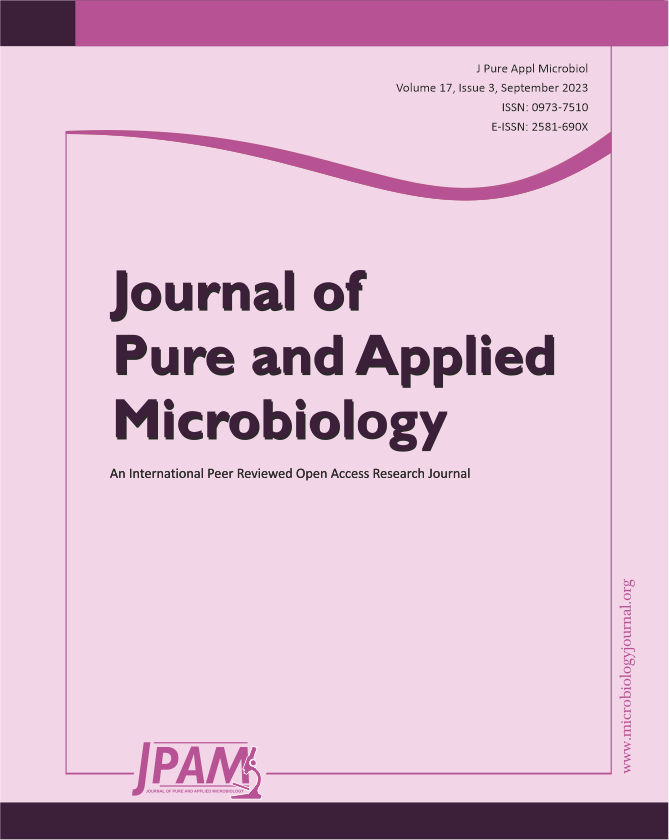In India and other affected countries, Omicron variant of SARS-CoV-2 has shown faster transmission but less clinical severities when compared to Delta strain. Present study was aimed to investigate how molecular changes in the spike proteins of Omicron variant has increased its transmission but reduced the disease severity. We report molecular interactions of Spike proteins of Delta and Omicron variants with ACE-2 receptor to explain how change in chemical and physical nature of mutated amino acids of Omicron variant has affected the internalization competence of virus into host cell. The Research Collaboratory Structural Bioinformatics (RCSB) and Protein Data Bank (PDB) were used to construct ACE2-Spike Protein interaction. The binding affinity of both omicron and delta variant spike proteins with human ACE2 receptor was observed. Spike protein of Omicron variants has revealed total number of 93 dissimilarities of amino acids from Delta strain,15 of which are in its Receptor Binding Domain (RBD). Our study showed that RBD of Delta variant contained only one hydrophobic amino acid whereas there were 6 hydrophobic amino acids in the RBD of Omicron variant. We report that increased number of Hydrophobic Amino Acids in RBD of Omicron variant affects its binding with ACE2 receptor to enter into the cell. The failure of internalization of virus has increased concentration of extracellular virions at nasopharyngeal region leading to faster expulsion of infective droplets during coughing or sneezing to increase transmission but has reduced the severity of infection. The reported observations could prove to be of public health and therapeutic significance.
COVID-19, SARS-CoV-2, Hydrophobicity, Omicron, Transmission
© The Author(s) 2023. Open Access. This article is distributed under the terms of the Creative Commons Attribution 4.0 International License which permits unrestricted use, sharing, distribution, and reproduction in any medium, provided you give appropriate credit to the original author(s) and the source, provide a link to the Creative Commons license, and indicate if changes were made.


